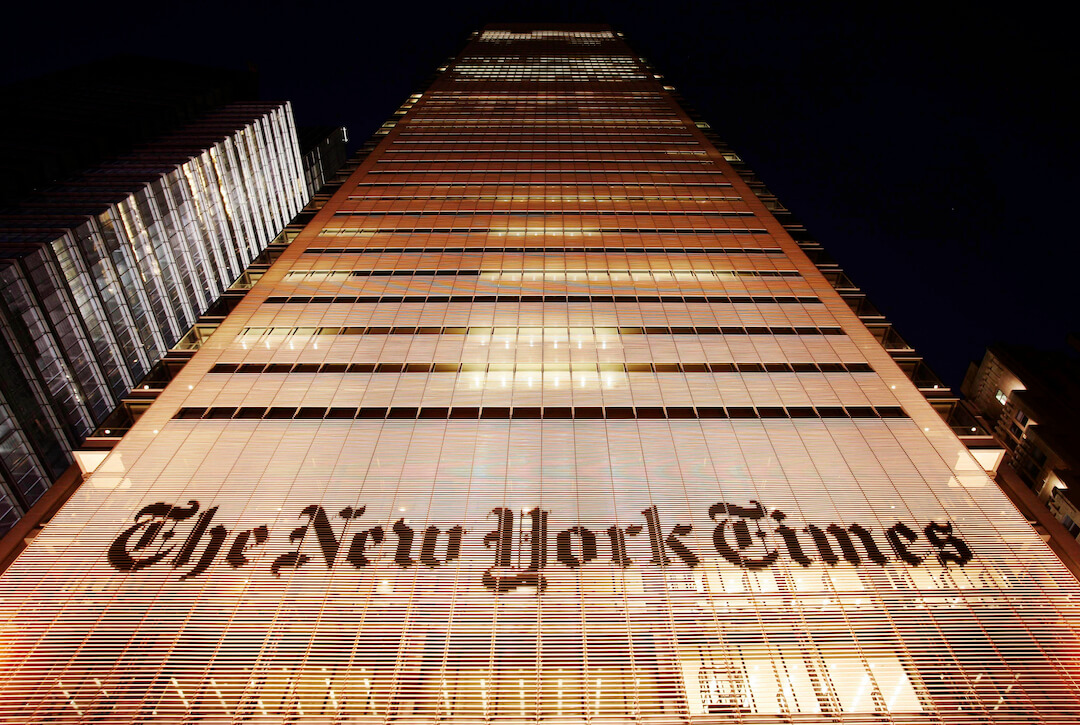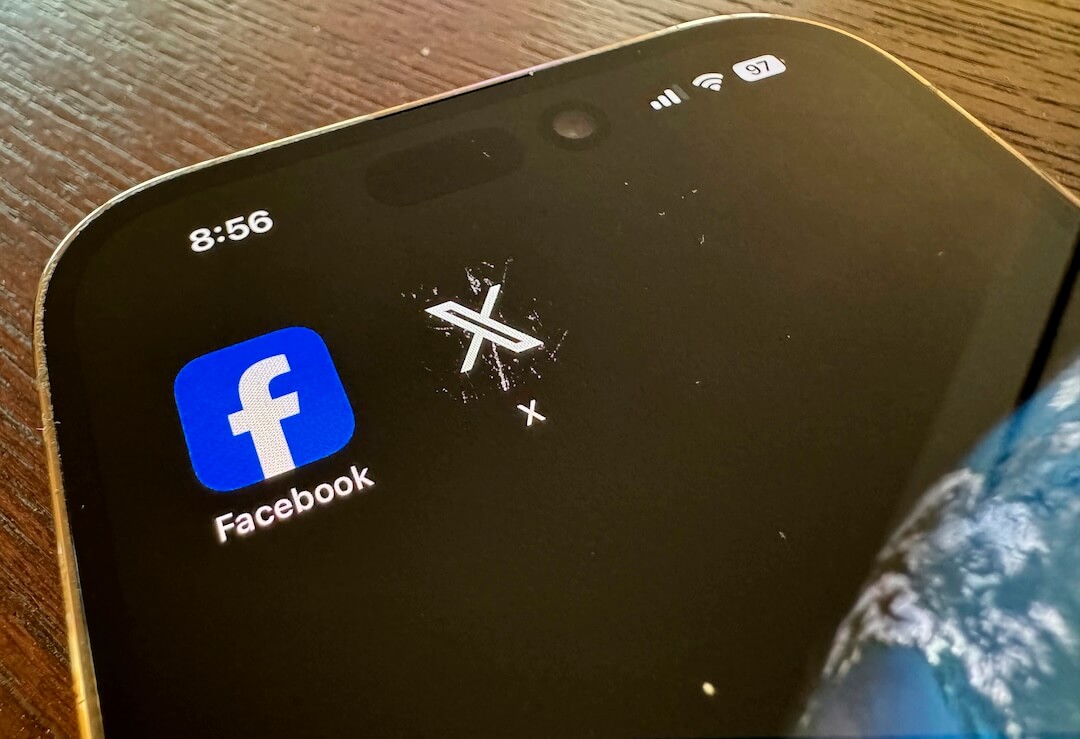A November surprise in the arcane art of decision desk election calls arrived Tuesday morning as The New York Times wrote that the Needle is back — but only if the tech support behind it works.
The predictive tool, widely ridiculed after flopping back and forth in the 2016 presidential race and underestimating Donald Trump’s chances, never really went away. After some refinements, it accurately called a volatile Senate race in Alabama in 2017 and has been deployed in primaries and general elections since.
The key distinction from other election winner-loser calls is that the Needle offers real-time probability estimates well before a definitive result is available. The two main election data services — AP VoteCast and Edison Research — wait until they are virtually certain who won, in this contentious year more than ever.
Associated Press executive editor Julie Pace told me in an interview several months ago that the massive VoteCast operation absolutely will not speculate on a winner until that certainty threshold is met. (Clients may choose to give their own commentators more leeway.)
Both the Times story Tuesday morning and an X thread at noontime by chief political analyst Nate Cohn offered a qualifier. With Times Tech Guild staffers on strike, it could prove hard to impossible to correct glitches. Worst case, a live version of the Needle will not be published.
“If we are not able to stream the Needle’s results live, our journalists plan to run its statistical model periodically, examine its output and publish updates in our live blog about what they see — giving our readers a sense of where the race actually stands over the course of the night,” the Times wrote in an explainer.
Cohn addressed the probabilities in his post: “I do not know whether we will be able to publish the Needle. There are good reasons to bet against it, though perhaps there are scenarios where things are running super smoothly; alternately, we hit bugs at the start, and there’s no chance.”
Access to the Needle and other coverage will be free, at least at first.
In the aftermath of the 2016 setback, the Times said the Needle was not wrong, just misunderstood. A confusion then, which Tuesday’s story addresses, is that if the Needle is showing a 75% chance a candidate will win, that also means there is a one in four chance she will lose.
Not a complicated concept if explained. My guess is that it is all the more understandable in 2024 as legalized sports betting has taken off. A popular feature of sports wagering is to allow bets as a game is in progress and the odds change.
Even news consumers who are not gamblers may find the Needle a good source to watch, assuming it overcomes tech challenges and gets airborne. It’s a supplement to what you will be seeing on the national networks and other papers that are playing by the AP or Edison Research rules.
New York Times spokesman Charlie Stadtlander mildly disputed my odds reference in an email: “It’s not correct to frame it as ‘oddsmaking,’ but rather properly contextualizing the data coming in from returns. … The purpose of the Needle is to put election results in proper context as they come in. Early returns are often very misleading; the first votes counted often differ substantially from those that remain.”
Here are some other notes on upcoming decision calls before the counts kick off:
Transparency: AP’s Pace has told me and other interviewers that the biggest change this cycle is doubling down on transparency — offering more and longer explainers of methodology.
The Washington Post and The Wall Street Journal followed that example in the last week with pieces on how they will be making calls. I learned from the Post that its editors see a particular benefit in VoteCast spotting errors in the torrent of incoming information and quickly correcting them. The Post also invests in an extra dose of data by subscribing to Edison’s product as well as the AP’s.
Independence: A complication of the system is that editors form a middle layer between the data providers and those announcing decision calls on air or on websites. So an AP client (Fox News in 2020 was an example) might choose to make a call earlier or later than AP itself.
The vendors and some of the network data desks work in isolation from the rest of election night reporting, sometimes literally in a closed-off room. Many commentators on a left- or right-leaning network can be counted to spin incoming results in favor of their side. The decision operations can steer clear of that. Hence the Arizona drama in 2020 where Fox News called the state for Biden well before left-leaning or middle-of-the-road outlets did.
AP Unfiltered: AP is the most frequent source for calls, in statewide and local races as well as the presidency, and is typically credited. An alternative for those who want to see just what AP is saying at the moment is to go directly to the wire service’s own site, apnews.com.
A different Decision Desk: There is an alternative to the big two providers, descriptively called Decision Desk HQ. It is an established but smaller firm boasting an eclectic client base including The Economist, The 19th and newish NewsNation network. Decision Desk can offer one more view of the state of play for channel-hoppers.
Number nerds like me who want more detail on the process may want to check out some of these links early in the evening before the cascade of updated state-by-state totals takes the stage and makes all the noise.
Poynter media business reporter Angela Fu and Poynter contributor Nicole Slaughter Graham contributed to this report.
This article was updated to include a quote from a New York Times spokesperson and to note that the Needle will be free to readers.







